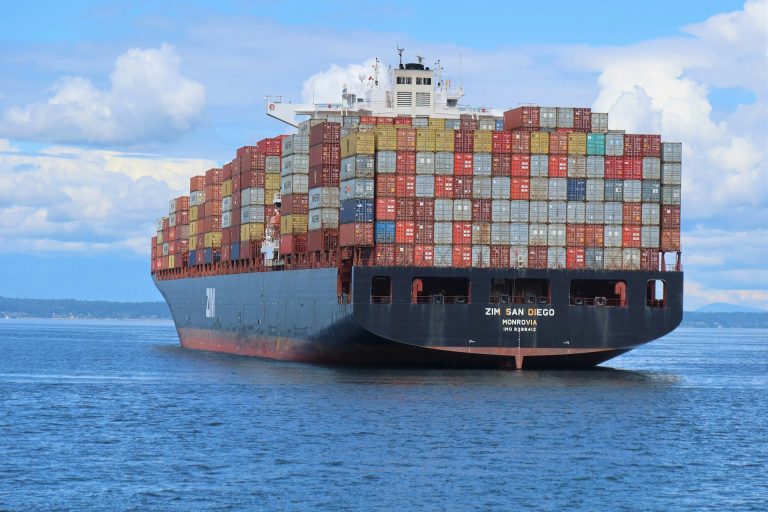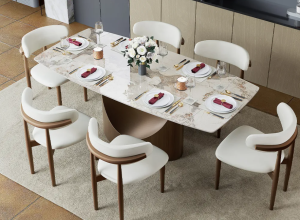Whether you’re a weekend gardener, DIYer, or someone with a lawnmower that deserves better than the corner of your kitchen, outdoor storage matters. But when it comes to choosing the right setup, the debate usually boils down to this: shipping container vs shed.
Both have their perks. Sheds are familiar, easy to install, and relatively cheap. Containers? Rugged, secure, and virtually indestructible. So which one gives you the best bang for your buck long-term?
Let’s take a look at how they stack up.
Quick Comparison – Sheds vs. Shipping Containers
| Feature | Shed | Shipping Container |
|---|---|---|
| Price (starting) | £300 – £1,500 | £1,200 – £2,000 |
| Lifespan | 5–10 years | 20+ years |
| Security | Moderate | High |
| Weatherproofing | Varies by material | Excellent (sealed steel) |
| Setup time | Quick | May need groundwork |
| Modifiability | Basic | Highly customisable |
| Aesthetics | Traditional | Industrial/Modern |
The Case for a Traditional Garden Shed
Pros
Sheds have been the go-to garden storage solution for generations, and there are good reasons for that.
- Lower upfront cost (especially if you choose timber or plastic)
- DIY assembly is often straightforward
- They blend well into traditional garden designs
- Available in a range of styles and sizes to fit small plots
- Easy to acquire a permit for building
Cons
But while sheds are budget-friendly on paper, they do come with trade-offs.
- Timber sheds are prone to rot, warping, and insect damage over time
- Lightweight panels can be vulnerable to break-ins unless reinforced
- Metal sheds often suffer from condensation or rust
- Most aren’t built to handle heavy equipment or valuable tools
Sheds work well if you’re storing plant pots, bags of compost, or hand tools. But if your storage needs go beyond that, they might fall short.
Why Shipping Containers Make Great Garden Storage Units
Durability
Shipping containers are made from Corten steel, the same material designed to survive saltwater, storms, and being stacked eight-high on cargo ships. In a garden setting? That translates to decades of near-zero maintenance.
- Weatherproof and rust-resistant
- Rodent- and pest-proof
- Heavy enough to stay put during storms (no stakes required)
You won’t need to repaint or reseal every few years like you would with a timber shed. In fact, other than maybe a coat of paint for aesthetics, there’s not much they need at all.
Security
This is where containers shine. While most sheds can be forced open with basic tools, shipping containers are another level.
- Solid steel walls and doors
- Lockboxes and internal deadlocks can be added easily
- Very difficult to break into without power tools
If you’re storing things like power tools, fuel, generators, or even bikes — it’s the kind of peace of mind you’ll feel the first night you lock it up.
Space and Functionality
Container sizes range from 10ft to 40ft, but for garden use, 10ft and 20ft are the most common. They offer:
- High ceilings and wide door access
- Enough space for large tools, lawnmowers, bikes, and storage racking
- Easy upgrades: lighting, insulation, ventilation, shelving
If you’re considering a second-hand unit, reputable UK suppliers like Universal Containers often stock compact 10ft containers ideal for domestic storage. They’re weatherproof, secure, and easier to tuck into a side garden than most assume.
Cost Comparison: Which Option Offers Better Long-Term Value?
| Item | Shed | Shipping Container |
|---|---|---|
| Upfront Cost | £300–£1,500 | £1,200–£2,000 |
| Annual Maintenance | £50–£100 | Minimal |
| Lifespan | ~10 years | 20–30 years |
| Security Upgrades | Padlock, alarms | Lockbox (optional) |
| Insurance Friendly? | Rarely | Often approved |
Sheds may be cheaper at the start, but containers win on lifespan, durability, and resale. A well-kept container can even be repurposed or resold after 15+ years of use.
Things to Consider Before You Buy
Garden Space
Sheds are easy to squeeze into corners or snug against a wall. Containers need more planning.
- You’ll likely need a solid base (concrete or timber sleepers)
- Clearance for delivery is important — especially if you’re in a tight residential area
Access
Shipping containers arrive by lorry and are lifted into place. If your garden is hard to reach or you can’t fit a truck, that could be a deal-breaker. Sheds, on the other hand, come flat-packed and can be built in place.
Local Regulations
Planning permission isn’t usually required for small sheds. Containers? That depends on where you live.
- In most rural or private settings, you’re fine
- In urban areas or conservation zones, check with your local council first
Use Cases – Who Should Choose What?
Go With a Shed If…
- Your space is limited
- You’re only storing small gardening tools
- Budget is tight and aesthetics are a priority
Choose a Shipping Container If…
- You need serious security
- You’re storing anything of high value
- You want a long-term, low-maintenance solution
- You may convert or expand the space in future (e.g., into a garden office or hobby room)
Conclusion – Which Option Is Best for You?
There’s no one right answer. But there is a right answer for you.
- Sheds are great for casual use, smaller spaces, and tight budgets
- Shipping containers are built for security, durability, and long-term value
If you just need a place for your spade and watering can, a decent timber shed might be all you need. But if you’re tired of replacing flimsy structures or worrying about your tools during winter storms, a container could be the smarter investment.
FAQs
Can a shipping container be used as a garden shed?
Yes. It’s more secure, weather-resistant, and offers more space. Many homeowners are switching to compact 10ft containers for this very reason.
Do I need planning permission for a container in my garden?
In many cases, no — especially if it’s considered a temporary structure. But always check with your local council before placing one.
Is a metal shed more secure than a wooden one?
Yes, but still not as secure as a shipping container. Steel panels on most sheds are thin and can be pried open more easily.
Can I modify a shipping container for ventilation or shelves?
Absolutely. They’re incredibly adaptable. You can add vents, lighting, racking, insulation, and more with basic tools or professional help.













